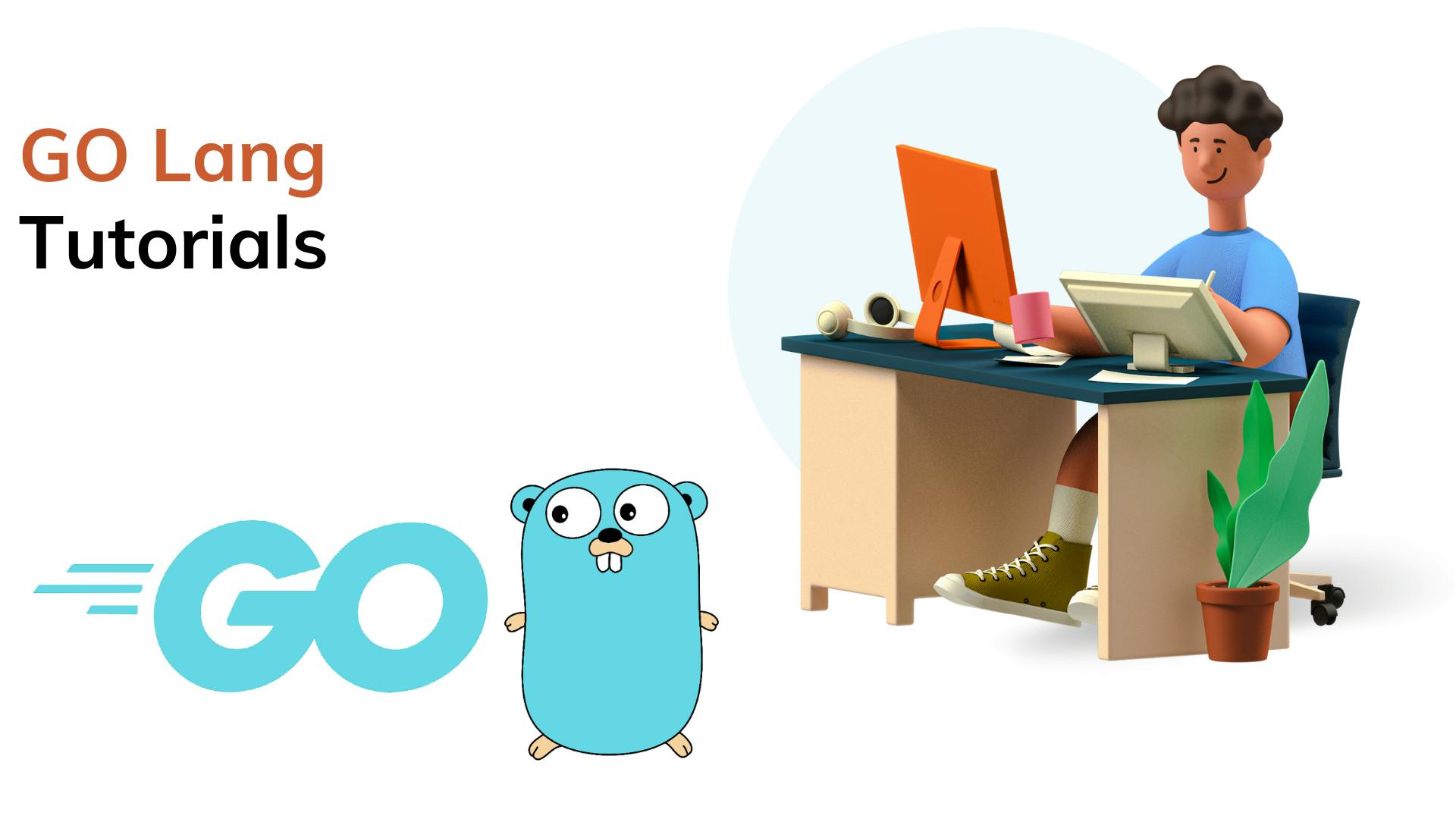Introduction to Echo Go Web Framework.

Echo is a fast and minimalist web framework written in Go, which makes it a perfect choice for building high-performance and scalable web applications. It has become increasingly popular among developers due to its simplicity, ease of use, and powerful features.
In this article, we'll introduce you to Echo, explain why it's popular, and guide you through the process of setting up a basic project structure for building web applications with Echo.
What is Echo and why is it popular?
Echo is an open-source web framework written in Go, which was inspired by Sinatra, a popular web framework for Ruby. It's designed to be lightweight, fast, and easy to use, which makes it an excellent choice for building RESTful APIs, microservices, and web applications.
One of the reasons why the Echo is so popular among developers is its simplicity. It provides a clean and intuitive API that allows you to handle HTTP requests and responses quickly and efficiently. It also includes a set of middleware functions that make it easy to implement features like authentication, logging, and error handling.
Another reason why Echo is so popular is its speed. It's built on top of the fasthttp library, which provides excellent performance and scalability. This makes it an excellent choice for building high-performance web applications that can handle a large number of requests.
Installation and setup
To get started with Echo, you'll need to have Go installed on your system. You can download and install the latest version of Go from the official website.
Once you have Go installed, you can install Echo by running the following command:
go get -u github.com/labstack/echo/v4
This command will download and install the latest version of Echo and its dependencies.
Basic project structure
To create a new Echo project, you'll need to create a new directory for your project and initialize a new Go module. You can do this by running the following commands:
mkdir my-echo-project
cd my-echo-project
go mod init my-echo-project
This will create a new directory for your project and initialize a new Go module.
Next, you'll need to create a new file called main.go in the root of your project directory. This file will contain the main entry point for your Echo application.
package main
import (
"net/http"
"github.com/labstack/echo/v4"
)
func main() {
// Create a new Echo instance
e := echo.New()
// Define a route
e.GET("/", func(c echo.Context) error {
return c.String(http.StatusOK, "Hello, World!")
})
// Start the server
e.Logger.Fatal(e.Start(":8080"))
}
This code creates a new instance of the Echo framework, defines a route for the root URL (/), and starts the server on port 8080.
To run your application, you can use the following command:
go run main.go
This will start the server and listen for incoming HTTP requests. You can access your application by visiting http://localhost:8080 in your web browser.
Conclusion
In this article, we introduced you to Echo, a fast and minimalist web framework written in Go. We explained why it's popular among developers and guiding you through the process of setting up a basic project structure for building web applications with Echo. In the next articles of this series, we'll dive deeper into Echo's features and show you how to build more complex web applications with it.
I hope this helps, you!!
More such articles:
https://www.youtube.com/channel/UCiTaHm1AYqMS4F4L9zyO7qA
\==========================**=========================
If this article adds any value to you then please clap and comment.
Let’s connect on Stackoverflow, LinkedIn, & Twitter.
